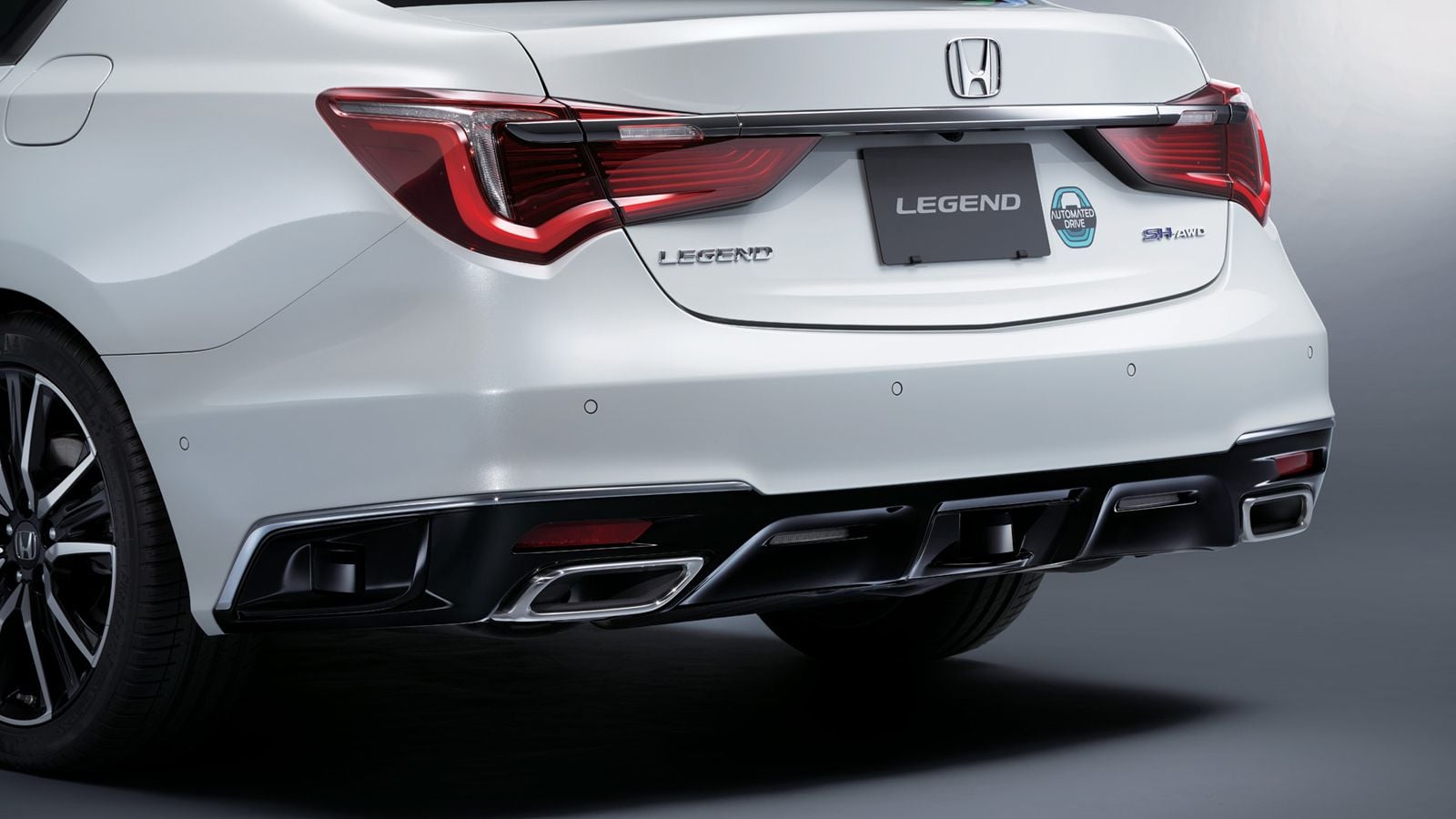Honda Legend Hits the Market with Level 3 Autonomy
The Acura RLX's Japanese counterpart has received a new self-driving feature with freeway and traffic jam autonomous functions.














New Legend
Although the Acura's flagship model, the RLX is no longer sold in the United States, its counterpart in the Japanese market is still going strong, and with exciting new updates. Perhaps the most notable of these updates for the latest Honda Legend is a new level-3 self-driving feature.
Level 3 Autonomy
For those unfamiliar with the autonomous driving tiers, it goes from level one to level 5. One being a car with little to no self-driving assists, and five being a car that drives itself without a driver. Level three is defined as a vehicle that has the capability to operate on auto pilot for extended periods of time, and under certain circumstances. The driver would need to be available to take control at any moment.
Honda Sensing Elite
This allows for more relaxing commutes, long drives, and road trips. The new Honda Sensing Elite suite of electronic driver-assist features is optimized for Japan's infrastructure. The self-driving system is capable of navigating through traffic jams and highway driving, with a few exceptions.
Self-Driving Features
With the traffic jam feature, which is limited to low-speed traffic, the driver can use the infotainment system. For normal freeway driving, the system relies on GPS data, as well as the car's various sensors and cameras to monitor the surroundings and react accordingly. An interior camera also monitors the condition of the driver.
Automatic Lane Change
While in the auto-pilot on the freeway, the car will be able to complete a lane-change on its own. With the driver's command, using the turn signal, the Honda will change lanes. Additionally, if slow traffic is detected ahead, the car will automatically perform the lane change, but only after signaling it to the driver.
Driver's Attention is Required
Comparable to Tesla's self-driving features, the Honda Legend's Honda Sensing Elite system is capable of driving without the driver's feedback for long periods, but the driver's awareness of the road ahead is required at all times. If the system detects that a driver is unresponsive, the car will safely pull over to the side of the road, with hazards on and sounding the horn to alert other drivers.
Regulations Catching Up
There are still many limitations to the expansion of autonomous driving features, most of which are regulatory functions. But with more manufacturers developing their own self-driving systems, it's only a matter of time before the infrastructures catch up to the technology, at least in more developed parts of the world.
